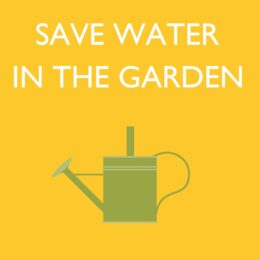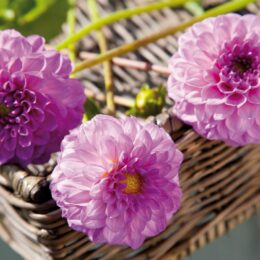One of the most popular and widely grown crops in summer is the tomato. Harvesting your first, freshly grown, sun-ripened tomato is incredibly satisfying and there is nothing you can buy in a supermarket that will come close to the flavour.
Careful choice of varieties and plenty of care during the growing season will reward you with a bumper crop of fruit throughout summer.
Where To Grow

Ideally, tomatoes are best grown in a greenhouse or conservatory as you can control the environment and your plants are less susceptible to tomato blight.
If you have to grow outside, choose the sunniest spot you can find with plenty of shelter and well-drained soil e.g. in front of a south-facing wall. You can use the Levington Organic Tomorite Planter to grow straight into if you don’t have a pot.
Do not plant any tomato plants outside until the threat of frost has passed and avoid planting where you grew tomatoes the previous year as this prevents a build-up of diseases in the soil.
Feeding and Watering

The most important things to get right with tomatoes are feeding and watering. Tomatoes should be watered regularly and evenly at the beginning of the day when the temperature is cool or early evening if you aren’t a morning person! The key is consistency. If the soil around your plants is allowed to dry out during a hot spell, the tomato plant will not be able to provide its ripening fruit with all the water it needs and the fruits will start to die. This is called blossom end rot and will ruin any infected fruits.
As soon as your tomatoes start to flower they will need feeding. Tomatoes are hungry plants and will need weekly feeding with a high potash liquid fertiliser (such as Levington Tomorite liquid feed). Follow the instructions on the packaging regarding the application as too much fertiliser can lock up minerals, causing leaves to turn yellow.
Cherry tomatoes are sweet and small, perfect for a salad or adding flavour to your dinner (Gardeners Delight, Sweet Aperitif, Sweet 100).
Round tomatoes/beef steak are firm, smooth-skinned and packed with flavour, slice them for sandwiches and salads (Alicante, Ailsa Craig, Big Boy, Moneymaker, Shirley)
Yellow tomatoes are often sweeter and taste fruiter than red varieties (Sungold).
Plum tomatoes are elongated and are best for creating sauces (Roma).
Trailing/Tumbling tomatoes are great planted in hanging baskets (Red, Yellow).

Bush Tomatoes
- These are much shorter than cordons and will naturally reach a certain height and width, then stop growing.
- Bush varieties require no essential pruning other than removing dead or decaying foliage.
- Training bush tomatoes is simple as canes are simply inserted around the plants to tie in the branches and to help take the weight of the developing fruit.
- Bush varieties such as ‘Tumbling Tom’ have a slightly trailing habit, making them ideal for planting in window boxes or hanging baskets.

Cordon Tomatoes
- These are the most common and to be successful they will need to be trained and some basic pruning is also required.
- ‘Gardeners Delight’ is a popular tomato for beginners as it’s easy to grow, very tolerant, and will produce a good crop.
- These tomatoes will need a little maintenance including pinching out and supporting. If left alone, a cordon will continue to grow upwards and outwards indefinitely. To provide support a cordon is trained as a single stem up tall canes or up wires. Tie your plants at regular intervals, and pinch out the main growing tips when they reach the top of their supports.
- To encourage cordons to fruit, pinch out the side shoots that develop where the leaf stalks join the stem. If left to grow these side shoots will waste plant energy on unwanted growth and shade the fruit, preventing it from ripening. The leaves below the lowest truss of ripening fruit should also be removed to promote airflow and reduce disease.

Tomatoes can be easily grown from seed but if you don’t have the time or facilities for raising your own tomato plants, it makes sense to purchase them ready grown. You can also grow tomatoes from pips, see our ‘How to‘ guide.








